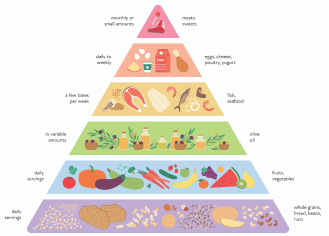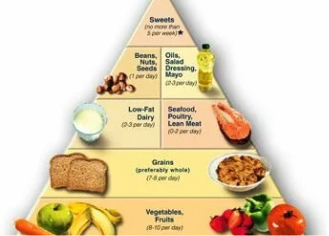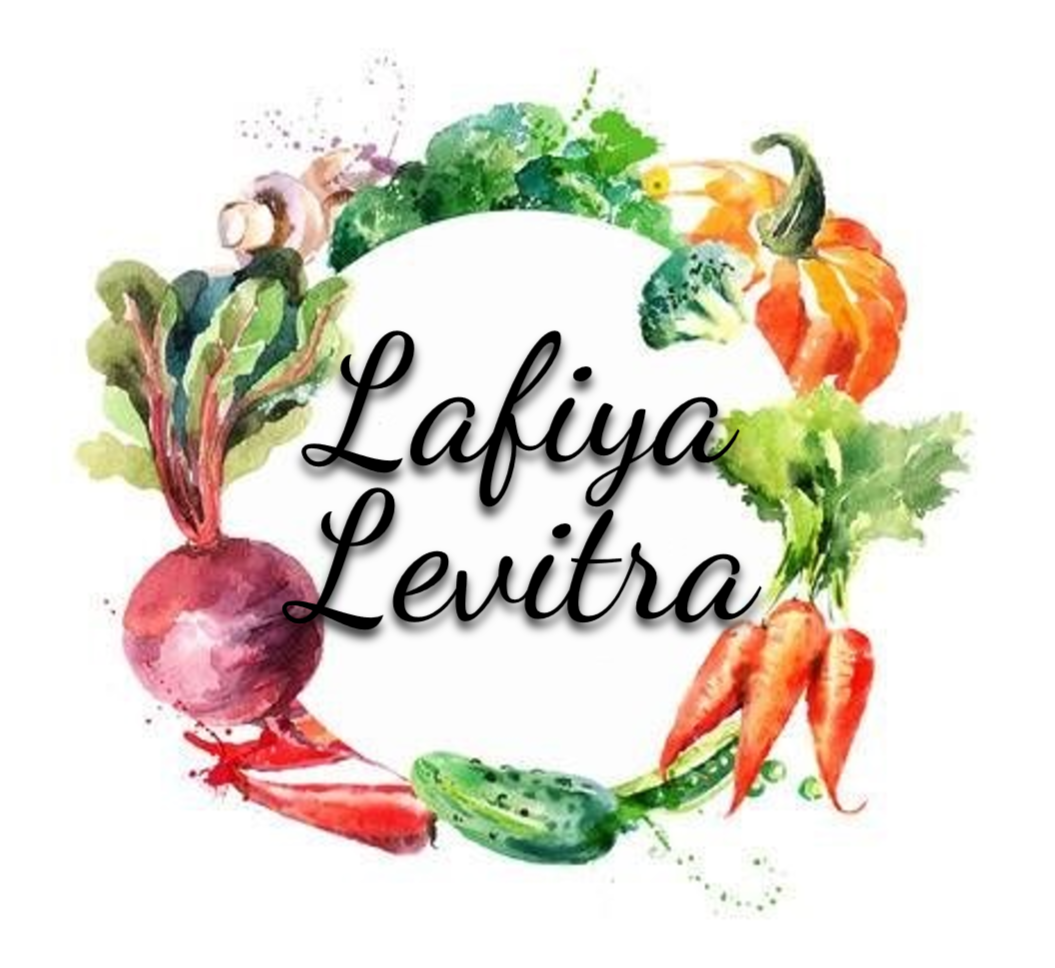What is Gluten-free Diet?
Gluten is a protein found in wheat, rye, and barley. Some people who choose to eat gluten-free often avoid eating overly processed breads, pasta, and other baked goods. This can lead to weight loss and overall health improvements, as people avoid highly processed, unhealthful foods.
For some other people, however, eating gluten-free is a necessity. In these cases, a person likely has celiac disease or gluten sensitivity. Similar to other food-related allergies and illnesses, a person who cannot process gluten properly may become ill after eating it.
It is possible for people eating gluten-free to have healthful diets. A person should focus their gluten-free diet much like any other diet so that it includes:
- lean proteins
- vegetables
- fruits
- whole grains, such as brown rice and quinoa
- beans, peas, and lentils
- healthful fats
If eating gluten makes you feel uncomfortable, a doctor may recommend screening for celiac disease.
The most common ways to test for celiac disease include:
- Blood test: Blood tests are used to look for antibodies that incorrectly interact with the gluten protein. The most common test is the tissue transglutaminase IgA (tTG-IgA) test.
- Biopsy from your small intestine: People with a positive blood test will likely need to have a biopsy. During this process, a technician takes a small tissue sample from your intestine. The sample is then checked for damage (7Trusted Source).
It’s best to get tested for celiac disease before trying a gluten-free diet. Otherwise, it will become hard for the doctor to tell whether you have celiac disease.
There are many potential gluten-free options for different diets. People can choose foods that fit into the dietary plan they follow. Below are some suggestions for various diet options.
Some gluten-free foods that fit into many diets include:
- any whole, fresh vegetable
- any whole, fresh fruit
- lean proteins, such as beans and eggs
- gluten-free baked goods, including pancakes, waffles, and bread
Benefits
Gluten is a protein that is present in most grains. It is also found in foods that are coated and cooked in grains or the same oils as gluten-containing foods.
Because many fast-food restaurants specialize in breaded and fried foods, many of the items on their menus contain gluten. For example, okra is naturally gluten-free, but when fried and breaded it will contain gluten.
Fast food, as with any other food, should be gluten-free so long as it does not contain the following ingredients:
- wheat, plus wheat derivatives such as wheatberries, semolina, spelt, and graham
- barley
- rye
- malt
- triticale
- brewer’s yeast
- wheat starch
When gluten-free products are cooked in the same oil or pans as gluten-containing products, they can become contaminated with gluten. A 2017 study of bakeries in Brazil found that cross contamination is common, with 21.5 percent of gluten-free products containing some gluten.
So, it is essential for people with celiac disease and gluten sensitivity to ask about how food is prepared in each restaurant they visit.
Fast-food employees may not always be trained in how to avoid cross contamination, so people must always talk to a manager about what foods and preparation methods are acceptable.
Some foods that are naturally gluten-free include:
- meat
- fruits and vegetables
- seafood and fish
- dairy products
- beans, nuts, and legumes
It should be noted that these foods may contain gluten if fried, prepared in a sandwich, or otherwise prepared in a way that includes gluten-containing grains.
For vegetarians
Vegetarian diets focus on replacing meat with plant-based proteins. Often, vegetarian diets may include either egg, dairy, or both. Both are excellent protein choices.
For those who wish to avoid all animal products, there are several nutrient-rich foods they can eat that do not contain gluten including:
Chickpeas
Chickpeas are a nutrient-rich food. According to a 2016 studyTrusted Source, 4 tablespoons of traditional chickpea hummus each day provides about 25 grams (g) of fiber and about 14 g of plant protein per week.
Sweet Potato
People often call sweet potatoes a superfood. A superfood provides a high proportion of nutrients for the number of calories they contain.
Sweet potatoes include a good amount of:
Whole oats
Whole oats offer a variety of nutrients and potential health benefits.
People can eat them as a cereal, use them as flour in baking recipes, or even as skin ointments. Doctors consider oats safe for people with celiac disease if the oats have a certification that they are gluten-free.
As a result, there is an increasing number of baked goods that contain only oat flour.
According to a 2015 studyTrusted Source, some of the potential benefits of oats include:
- moderate to high amounts of dietary fiber
- potential anticancerous properties
- reduces blood cholesterol
- high-protein value important for vegetarians
Low-card diets
Spinach
Spinach is a dark green, leafy vegetable. For people on a low-carbohydrate diet, spinach offers high fiber and protein intake.
Spinach is also a good source of:
- numerous vitamins
- folic acid
- iron
- calcium
According to a 2015 studyTrusted Source, people eating a diet that includes spinach could also lower their blood pressure. This is primarily due to the nitrates in spinach that help to relax blood vessels.
All other raw and fresh vegetables are low carb as well as gluten-free. So people can enjoy vegetables, for example, other dark-green leafy greens, asparagus, cauliflower, broccoli, green beans, squash, tomatoes, carrots, and many others.
Poultry
Poultry describes several low-fat, high-protein meats, including chicken and turkey. Adding these to a low-carb diet can provide several nutrients.
According to a 2015 studyTrusted Source, some of the benefits of consuming poultry include:
- high protein content
- several vitamins and minerals
- aid to weight control due to supporting fullness
Other raw or unprocessed proteins, including eggs, fish, shrimp, and red meat also contain no gluten.
Olive Oil
Olive oil is typically a healthful fat to consume. Its benefits include:
- no association with weight gain
- cardiovascular health
- prevention
- anti-inflammatory properties
- contains
- monounsaturated fats
- may help reduce the risk of
People can use olive oil as a substitute for butter and margarine in many recipes. Other gluten-free whole fats include avocado, nuts, coconuts, and seeds.
Dietary guidelines and eating gluten-free
The current nutritional guidelinesTrusted Source outline the foods a person should eat for optimal health. The recommendations include:
- a variety of vegetables, including beans and spinach
- whole or minimally processed fruits
- low-fat or no-fat dairy products
- protein sources that include poultry, beans, and seafood
- oils
The recommendations do not include baked goods or pasta. Instead, people obtain their carbohydrate intake from vegetables, fruits, and other natural sources.
For people interested in following these guidelines, there are some foods a person can eat that do not contain gluten, including:
- quinoa
- canned sardines and tuna
- applesauce
Foods to avoid
Major foods that contain gluten include:
- white or wholewheat bread
- white or wholewheat pastas
- muffins, doughnuts, and other pastries
- breaded meats, such as chicken wings or cutlets
- crackers
- many cereals
- desserts
There are other foods containing gluten that are not as obvious. Some foods to avoid that may contain gluten include:
- potato chips
- french fries
- malt
- sauces and gravies
- beer
- some candies
- soy sauce
- meat substitutes
- lunch meats
- soup, particularly cream-based ones
- preseasoned meats
- scrambled eggs at restaurants where pancake batter may be an additional ingredient
Recipes
- Zucchini Pizza Bites
- Juicy Roasted Chicken
- Rosemary Braised Lamb Shanks
- Beef Pot Roast
- Grilled Sea Bass
- Black Bean and Corn Salad
- Green Grape Salad
- Mayo Chicken
- Ultimate Low-Carb Zucchini Lasagna
- Super Grouper
For Images:
Was this article helpful?
Similar Articles


